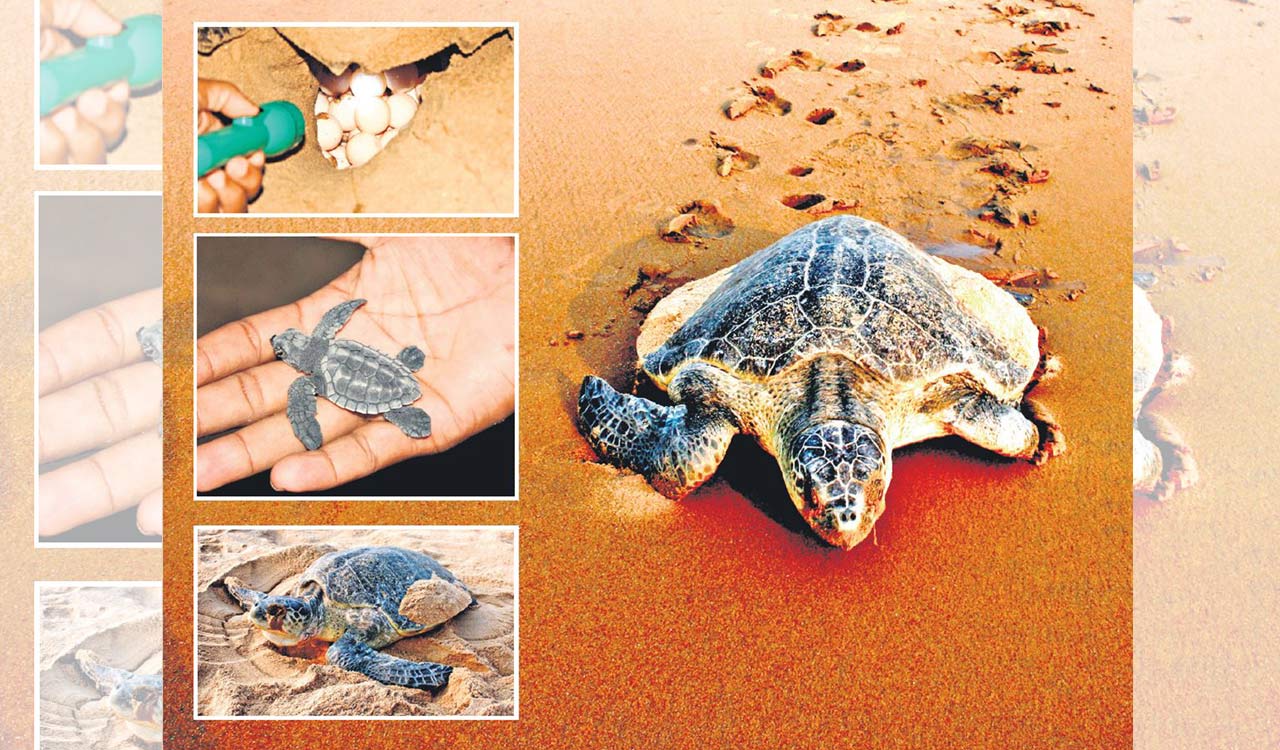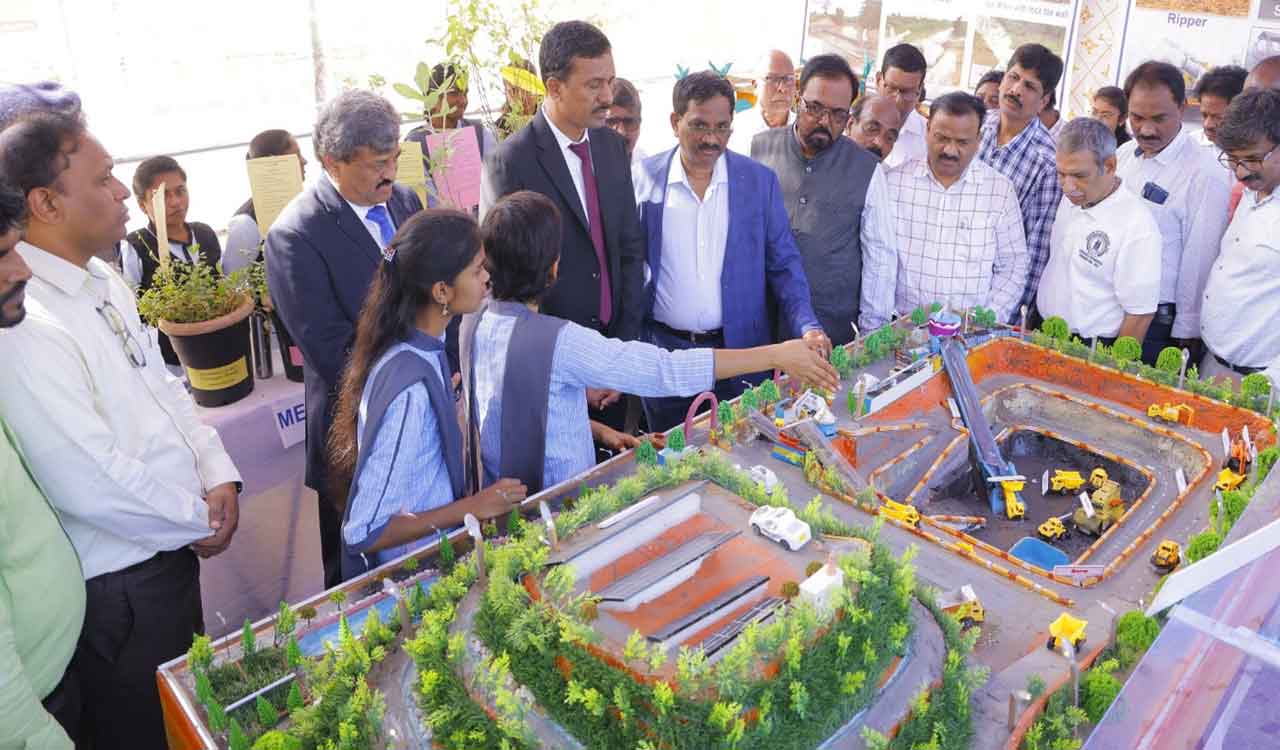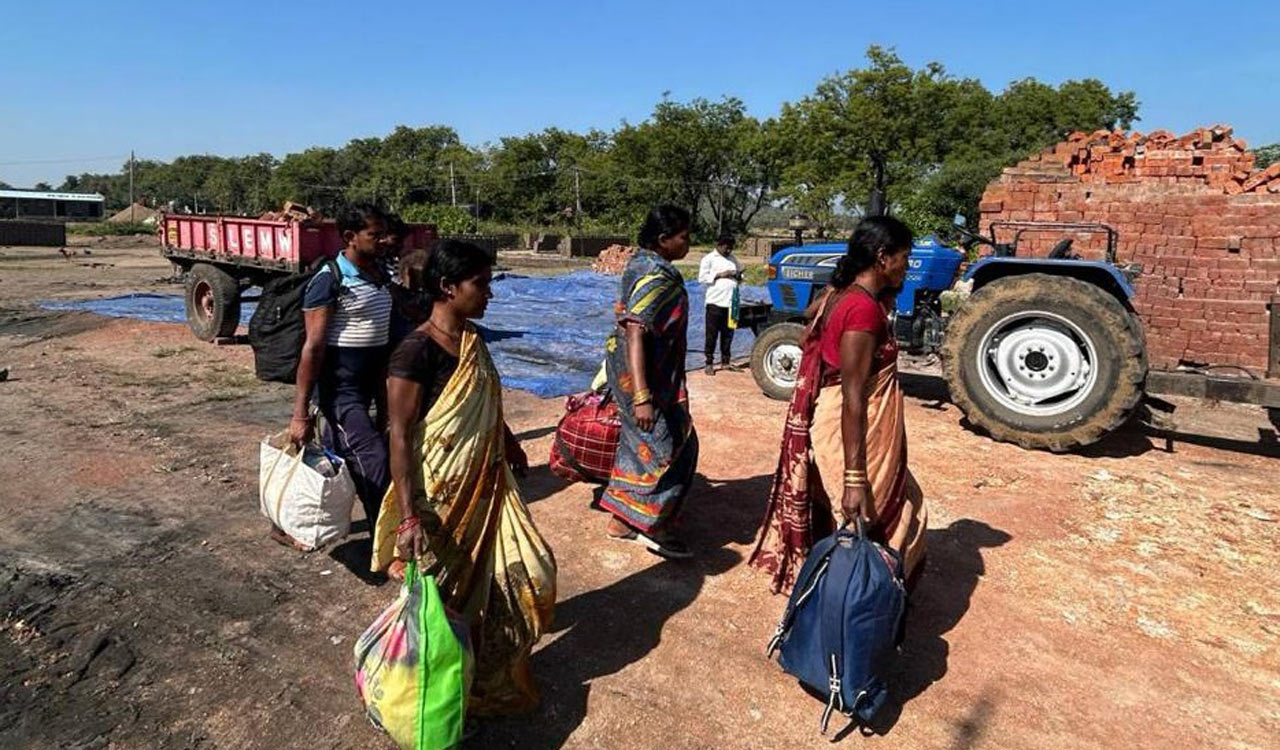Rewind: Riddle of the Ridleys
The just-gone-by World Turtle Day on May 23 was a reminder to get our act together and protect the gentle giants of the ocean

By N Shiva Kumar
She was sweet seventeen, pregnant but she floated effortlessly, adrift in the warm waters off the east coast of India. In the slanting rays of the sinking sun, oblivious to the sky that was ablaze with a golden glow, the olive ridleysea turtle was eagerly waiting for darkness to envelop her. She was going to be a mother for the first time and would breed many more times in her life span of over 100 years. Stealth was not her intention as she waited in the sea waters 700 yards from the sandy beach at the mouth of the Rushikulya River in Odisha. A few yards away, another female turtle joined her, then a third, followed by a dozen, then hundreds and thousands. They gradually gathered in the Bay of Bengal for a colossal hen party, instinctively following an uncanny ritual that happens in the dead of the night.
Also Read
- The future of Arribada (arrival),which transpires on three virgin beaches,including the Gahirmatha Marine Sanctuary, on the Odisha coast in India,is not hunky-dory
At midnight, all the expecting mothers slowly crawled towards the virgin beach. I peered in the darkness for the spectacular display of drama in real life, unfolding before me in slow motion. I was witness to an Arribada (a Spanish word meaning ‘Arrival’). Arribada is an astounding nesting inclination of the olive ridleyturtles. Large groups of turtles gather off the seashore and in a short span of a few nights, they invade the beaches in regular intervals to lay eggs in collective clutches. The nesting density is so high that previously laid eggs are unwittingly dug up by other female turtles to lay their eggs! Each clutch has at least 100ping-pong-sized white eggs stacked in a tubular pit excavated in the soft sand.
Armed with cameras and oodles of curiosity, I had come prepared for night outs on the breezy open beach. Walking on the sand, I wondered how these heavy turtles shuffled on the sand with their flippers. Being creatures of the sea, turtles are not built to walk on land as they never ever venture out of the deep waters except during the nesting season. Scientists are yet to determine the authentic cues and views for the mass nesting. Intriguingly, no other sea turtles have been observed nesting in such massive numbers which truly demonstrates their exceptional group mechanisms. In any given year, two to seven lakh turtles come ashore to drop their progeny packaged in eggs.
Wonder of Nature
Arribada happens on a three-km stretch of beach at the river mouth. The communal nesting continued until daybreak for seven nights in a row and a few turtles were laying eggs even at dawn and beyond sunrise. I was fortunate to witness the spectacular sequences for four continuous nights from dusk to dawn. This synchronised egg-laying is a wonder of nature and continues to be a mystery. Turtle scientists explain that “Olive ridleys often migrate great distances between feeding and breeding grounds. In satellite tracking telemetry studies, both male and female ridleys leave their feeding grounds in the vast oceans and migrate to the coast of Odisha to breed and brood.” Availability of adequate seafood and secure beaches are vital for their survival, they emphasise.
- In any given year, two to seven lakh turtles come ashore to drop their progeny packaged in eggs but of the 1,000 eggs, only one eventually matures as an adult olive ridley turtle
It was 60 years ago that the first Arribada was discovered by an amateur who recorded on film thousands of ridley turtles nesting on a remote beach in Mexico. Even after years, this astounding nesting act has not caught the fancy of the general public, though wildlife researchers are struggling to solve the riddle of the ridleys. Experts say Arribada occurs only on select beaches worldwide in Mexico, Nicaragua, Costa Rica and Panama. In the Indian region, it transpires on three virgin beaches, likethe Gahirmatha Marine Sanctuary, along the coast of Odisha.
Humans Greed
According to experts, the main cause for the dramatic decline in olive ridleysea turtles is the collection of eggs and killing of adults for meat. Arribada allows for the mass killing of the turtles and pilfering of eggs. In the 1970s andthe 80s, trade in turtle meat increased. It was estimated that at least 50,000 turtles were sold in Kolkata each nesting season. Trains and trucks were filled with live turtles to be served as a delicacy. People and sea pollution have collectively contributed to many of the turtle deaths.
Maritime activities have increased the plying of boats, yachts and ships destroying unspoiled beaches. Expansion of shrimp and tuna trawling fishery has also resulted in numerous turtle deaths. The Rushikulya nesting beach was discovered in 1994 by Wildlife Institute of India scientists during turtle surveys on the Odisha coast. Protecting the eggs from natural predators is a daunting task as many are devoured by feral dogs, jackals, wild boars, kites, gulls, crows or simply washed away by waves.
Studies suggest that only one out of 1,000 eggs eventually mature as an adult olive ridley turtle. Conservation efforts after the 1980s have estabilised the numbers as these turtles are protected by international treaties as well as national laws. But will intricate laws make sense to illiterate villagers who survive on fishing?Rabindranath Sahu,Secretary, Rushikulya Sea Turtle Protection Committee, is emphatic that awareness and education are essential for the survival of any rare species.
The future of Arribada in Odishais not hunky-dory but increasing consciousness would certainly protect these gentle giants of the ocean.As Erramma, an energetic66-year-oldfisherwoman,whispered in Telugu, “For many years we enjoyed eating the rich meat and eggs of the turtles at least once in a year”. After a drawling sigh, she says, “We now realise the importance of these turtles who visit us annually bringing in good fortune. We will certainly protect our sea goddess.”.
- It was 60 years ago that the first Arribada was discovered by an amateur who recorded ridley turtles nesting on a remote beach in Mexi
‘Over 70% of India’s freshwater turtles, tortoises face extinction’
Five of the seven species of turtles are found on the roughly 8,000-km coastline of the Indian subcontinent. These are loggerhead sea turtle, green sea turtle, leather back sea turtle and hawksbill sea turtle. Only the olive ridley,which is nearly 3 feet and weighs about 50kg,is found in large numbers. While sea turtles are usually large and heavy, the 29 species of freshwater turtles and land tortoises in India are comparatively small and mostly ignored.Of these, three species endemic to India are Leith’s softshell turtle, Cochin forest cane turtle and Travancore tortoise
The Freshwater Turtles and Tortoises of India started as a citizen science project in 2016 and then as an organisation with the primary goal of conserving freshwater chelonians and their habitats. Sneha Dharwadkar, its co-founder, shares significant details about the species.
Differences between turtles and tortoises
Turtles are aquatic or semi-aquatic creatures with less domed shells. They typically have webbed feet on their limbs to aid in swimming. In contrast, tortoises have heavily domed, rounded shells and thick, cylindrical legs better suited for walking on land as they are almost always terrestrial.Another key distinguishing factor is their habitat preferences. While turtles spend much of their time in water environments like ponds, streams, lakes, rivers and oceans, tortoises are land-dwellers found in habitats ranging from deserts to grasslands to forests. Their specialised adaptations allow them to thrive in their respective aquatic and terrestrial ecosystems.
Major threats facing them
More than 70% of India’s freshwater turtles and tortoises are listed under the threatened category of the IUCN Red List. One of the most significant threats is habitat loss and fragmentation, including the destruction of wetlands, damming of rivers and pollution of water bodies. Another major threat is the illegal pet trade and poaching, driven by the demand for turtles and tortoises as exotic pets or for their use in traditional medicine. Apart from these, the introduction of invasive species, such as the red-eared slider, has emerged as a growing concern. These non-native species can outcompete native turtles and tortoises for resources, disrupt ecosystems and potentially introduce diseases.
Conservation efforts
The Freshwater Turtles and Tortoises of India is a citizen science project that has led to a better understanding of the distribution and behaviour of Indian species. This project is hosted on the India Biodiversity Portal, and allows students, researchers and enthusiasts to document crucial data, aiding in creating a comprehensive database. Our documentation efforts have also shed light on the invasive red-eared sliders. We collaborate with regional NGOs to conducteducation and outreach programmes. Generating content in regional languages, in addition to English, has helped us reach wider audiences.
We also have focused projects like the Turtle Research Initiative in the Northeast, aimed at improving ecological information and sightings in one of the world’s richest turtle biodiversity hotspots. Efforts are underway to conserve the ‘Extinct in Wild’black softshellturtle and train forest staff. The Leith’sSoftshell Turtle Project in Peninsular Indiaassesses the status and distribution of this rare, endemic species. We aim to find viable populations for long-term monitoring and understandingof the ecology and threats faced by these turtles in freshwater systems while promoting awareness.We need to expand outreach and education programmes to States like Punjab, Himachal Pradesh, Chhattisgarh, Bihar and Odisha where turtle distribution data is limited.
Their usefulness
It is difficult to assign economic value or to determine the ‘usefulness’ of any animal because these are anthropocentric concepts that do not fully capture the intrinsic value and role of wildlife in our ecosystems. Turtles play a crucial role in maintaining the food web. They serve as both prey and predators, contributing to the balance of species within their habitats. Many turtles and tortoises are also seed dispersers, aiding in the propagation of various plant species and thus supporting faunal balance.
Some turtles even act as scavengers, helping keep water bodies clean by consuming dead organic matter. Without turtles, our wetlands would be significantly altered ecosystems. They are keystone species, meaning their presence or absence has a profound impact on the environment and other species. For example, turtles contribute to nutrient recycling by breaking down plant and animal material, which enriches the soil and water with essential nutrients. They also engage in bioturbation, the process of disturbing the soil, which can help aerate it and promote the growth of vegetation. Moreover, turtles have a cultural and religious significance that transcends their ecological roles. In India, freshwater turtles are seen as divine beings, embodiments of gods or symbols of luck and prosperity.
(The author is an independent journalist and documentary wildlife photographer)
Related News
-
Cartoon Today on December 25, 2024
7 hours ago -
Sandhya Theatre stampede case: Allu Arjun questioned for 3 hours by Chikkadpallly police
8 hours ago -
Telangana: TRSMA pitches for 15% school fee hike and Right to Fee Collection Act
8 hours ago -
Former Home Secretary Ajay Kumar Bhalla appointed Manipur Governor, Kerala Governor shifted to Bihar
8 hours ago -
Hyderabad: Organs of 74-year-old man donated as part of Jeevandan
8 hours ago -
Opinion: The China factor in India-Nepal relations
9 hours ago -
Editorial: Modi’s Kuwait outreach
9 hours ago -
Telangana HC suspends orders against KCR and Harish Rao
9 hours ago




